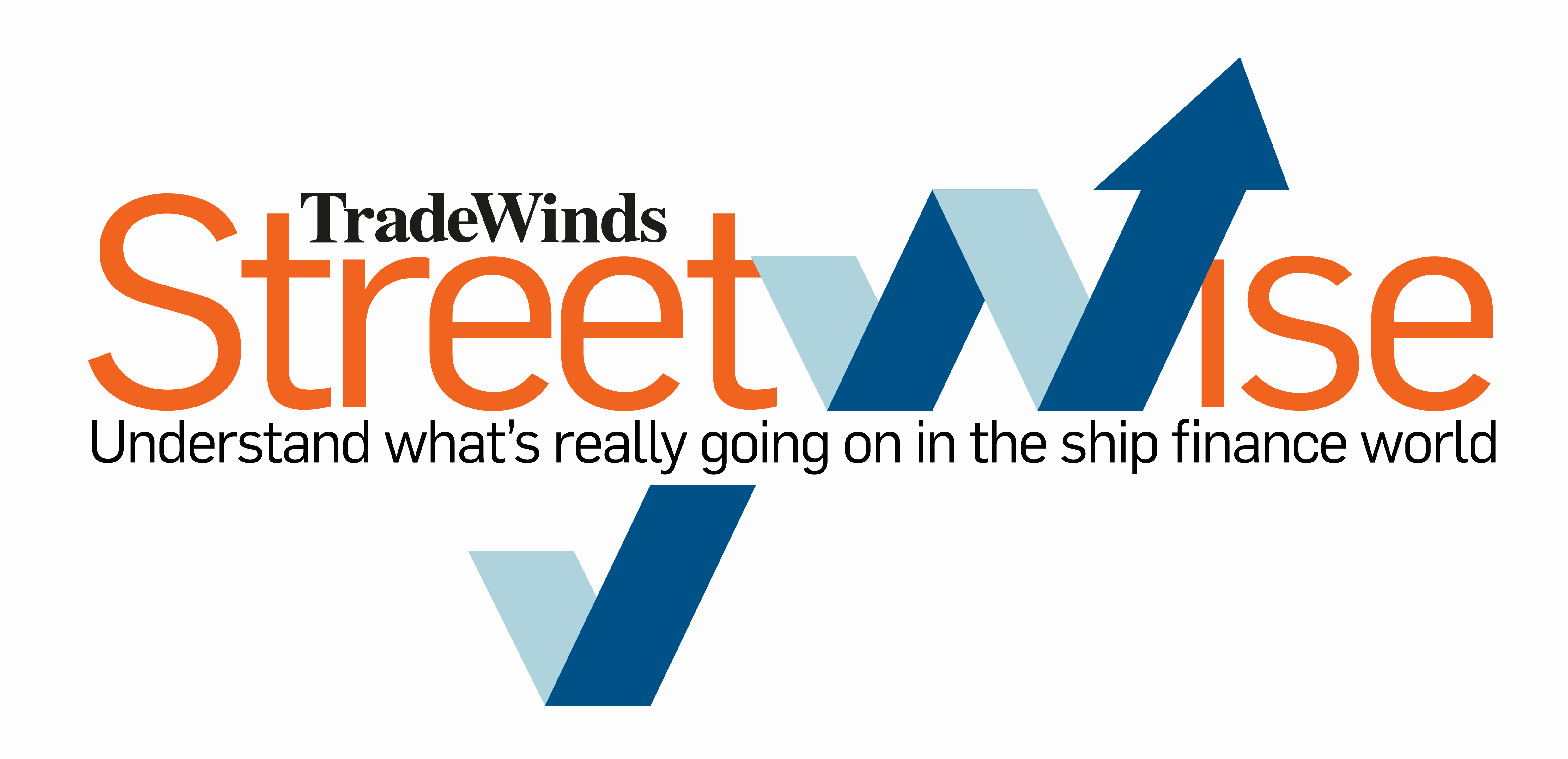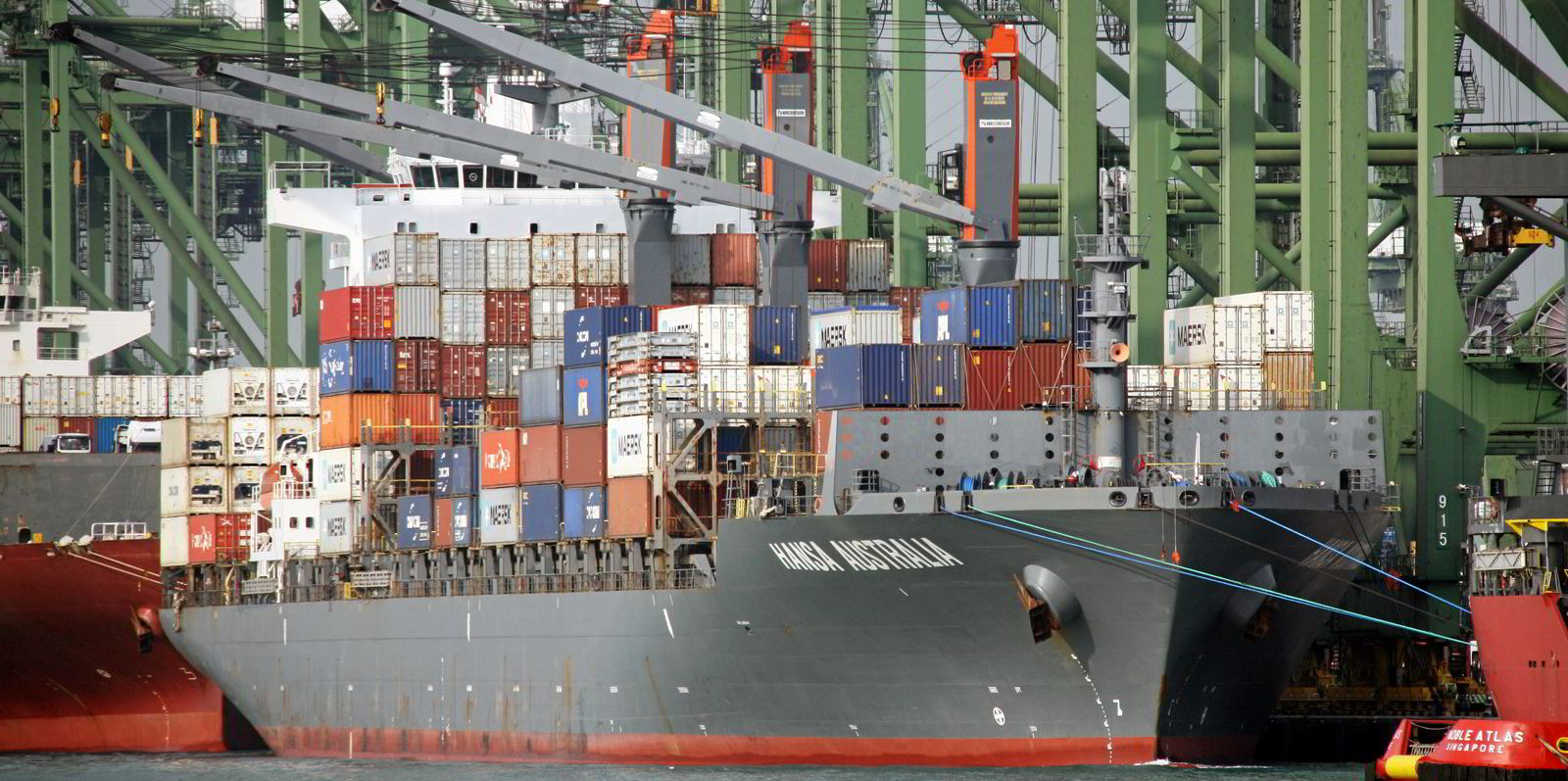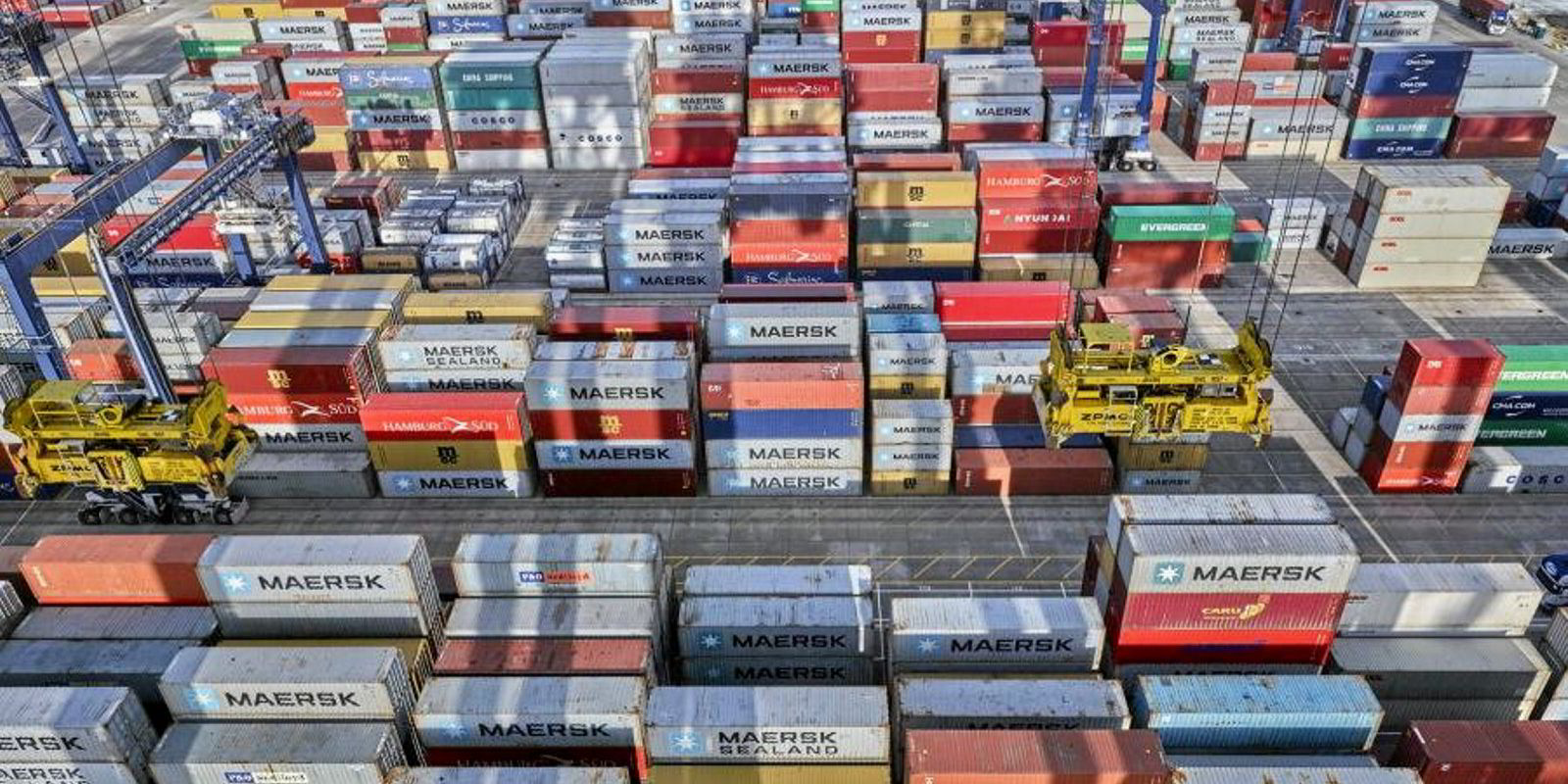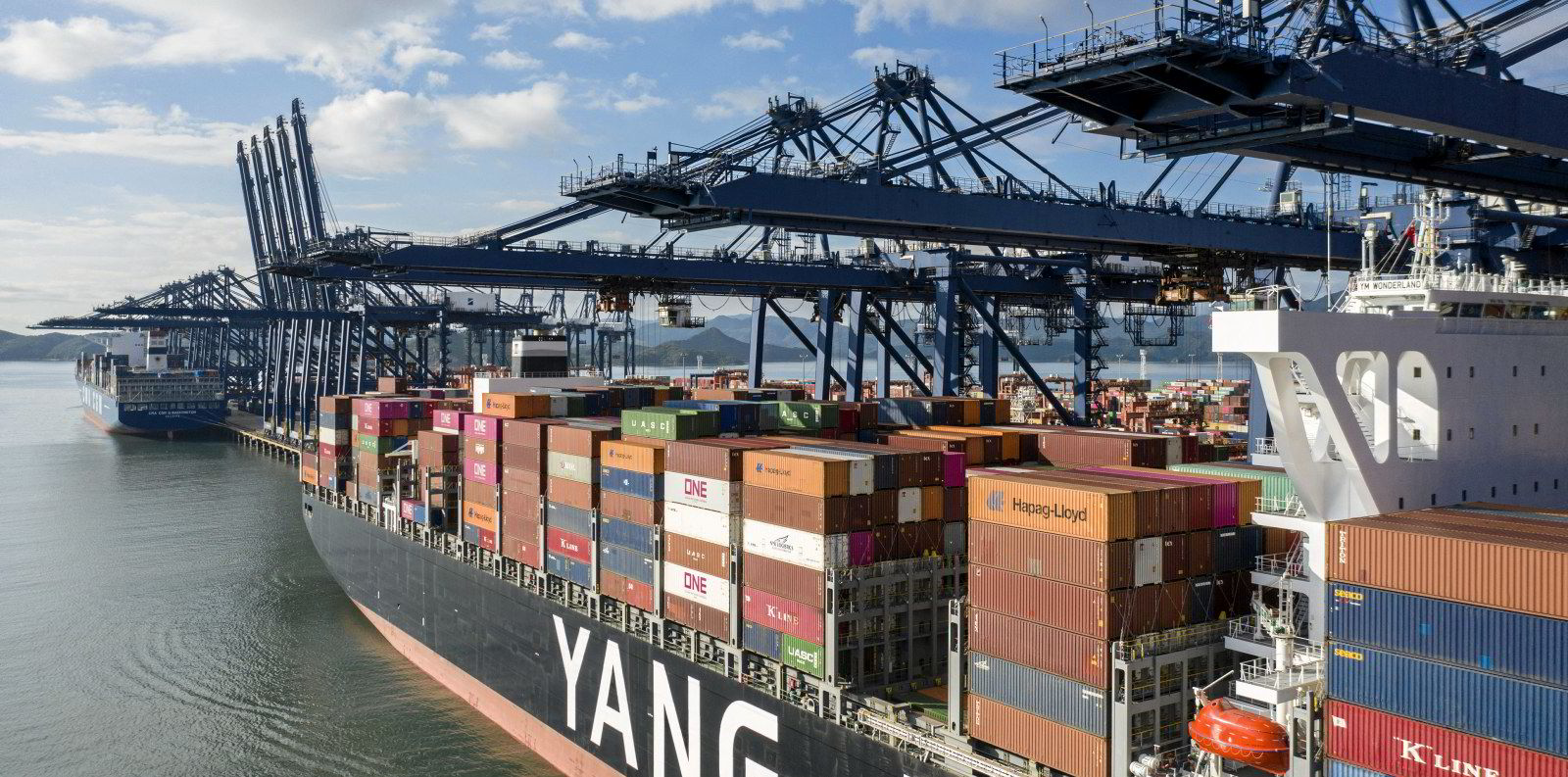The container shipping industry has reversed 18 months of falling profits on the back of Red Sea diversions and rising volumes.
Some 11 liner operators that report earnings logged total net income of $5.4bn in the first quarter of 2024, according to estimates by US industry expert John McCown.
That marks a sharp rebound from the $700m net loss in the fourth quarter of 2023 — although is down 60.4% from the $13.7bn made in the same quarter last year.
The reversal in fortunes from the loss-making end of 2023 was due to higher freight rates partly due to rerouting around the southern tip of Africa.
A healthy growth in volumes also contributed to the strongest quarterly growth in worldwide volumes since the pandemic.
Volumes rose 9.2% in the first quarter compared with the same quarter last year, based on figures from Container Trades Statistics.
That represents the strongest gain in recent memory barring two peak quarters of the pandemic in the first half of 2021.
Carriers are also likely to make more use of blanking sailings than they did prior to the pandemic to mitigate the impact of any excess capacity.
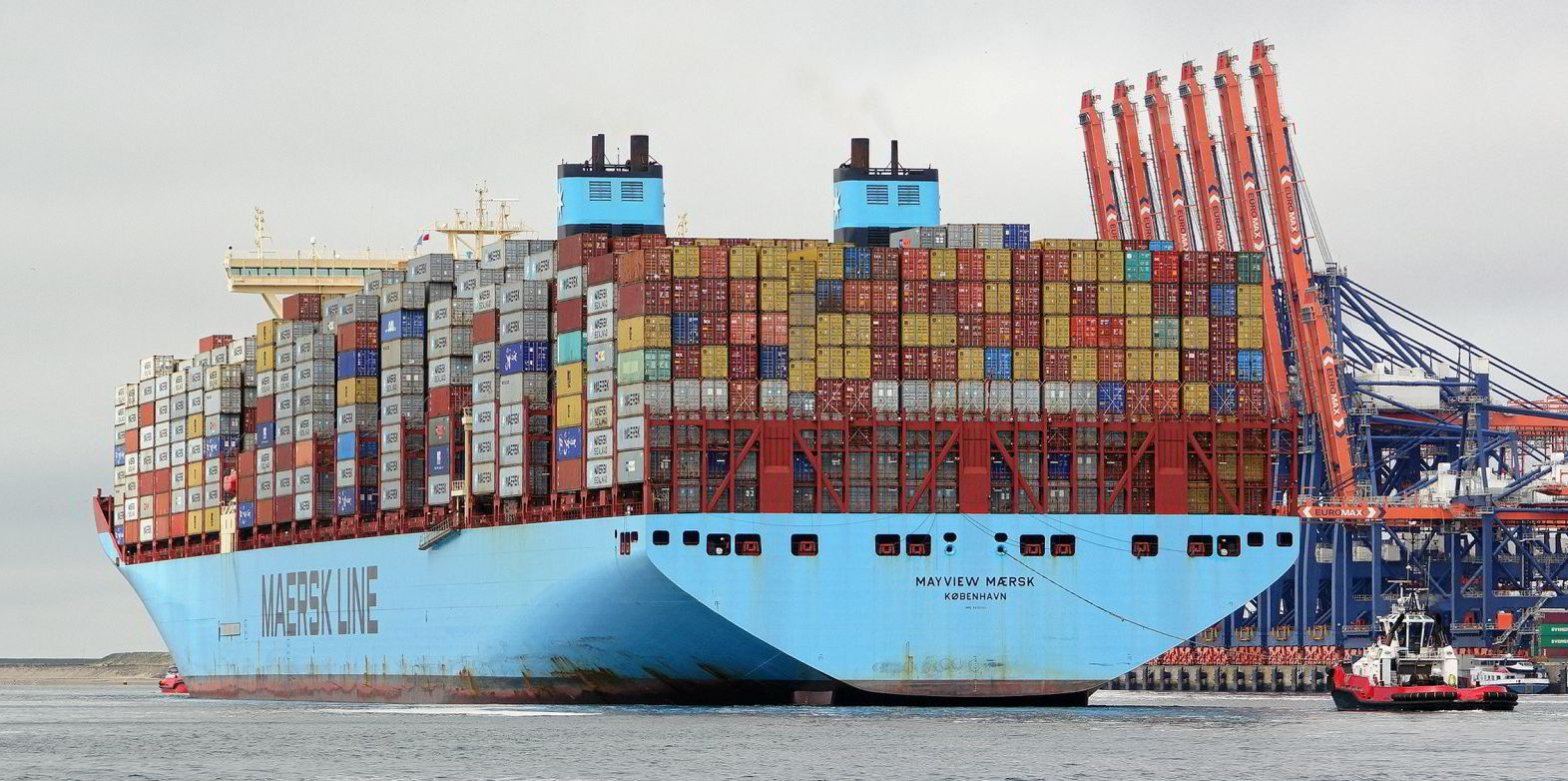
“Stronger than expected volume has certainly buoyed rates, but much of the recent pricing strength is related to the Red Sea situation,” McCown noted.
“With the Asia to Europe lane representing approximately 25% of worldwide container miles and the longer voyage around Africa generally adding one-third to voyage distances, the rerouting has the effect of absorbing an additional 8% of worldwide capacity.”
Record operating margins
The brighter picture comes as container shipping operating margins are reported to have hit their highest levels since 2010, excluding the Covid years.
Average operating margins for the container industry moved back into positive territory in the first quarter, according to Alphaliner.
Capacity shortages created by the Red Sea diversions pushed the aggregate margin for the nine largest companies to 11.4%.
That marks a significant turnaround from the figure of minus 3.8% recorded in the previous quarter, which was the first negative result for the industry in five years.
Carriers’ average rates rose between 14% and 48% in the first quarter of 2024 versus the previous three months, driven by large gains out of China.
HMM topped the rankings, with an operating margin of 18.1%.
AP Moller-Maersk was at the bottom of the rankings for the second consecutive quarter, and the only major carrier to report a negative margin for the period.
Surprise rally
The speed and strength of the unexpected rally over the past four weeks took shippers in mainland East Asia to Europe and North America trades by surprise, according to MSI’s Horizon’s monthly container ships report.
Similar dynamics were soon seen in second-tier trade lanes as well, with spot rates on the trades ex-China to Latin America, Africa, Middle East/Indian subcontinent and Oceania all shooting up significantly.
The rise over the past four weeks can be attributed to a combination of the ongoing Cape of Good Hope diversions, a stronger-than-expected demand rebound and weather delays in major Chinese ports, MSI said.
It added that while the rally has occurred outside of the “traditional” peak season, it is still too early to draw definitive conclusions as to the cause.
It pointed to indications that major US and European importers are in a restocking phase, as the massive pile of inventories built in 2022 has been worked down.
Moreover, it is possible that a rush to import cargo as early as possible — especially in the US — under the fear of serious supply chain bottlenecks during the summer months, has led to a small “early peak season”, MSI said.
For European importers, volumes are being brought forward in anticipation of longer sailing times and an increased incidence of transshipment.
“Considering that the en masse Cape of Good Hope diversions will most likely continue over the remainder of Q2 and Q3, and assuming that our forecasts for cargo demand will broadly materialise, vessel availability across different benchmarks will remain very limited in the coming months and into the peak season,” MSI analyst Parmenion Laliotis said.
